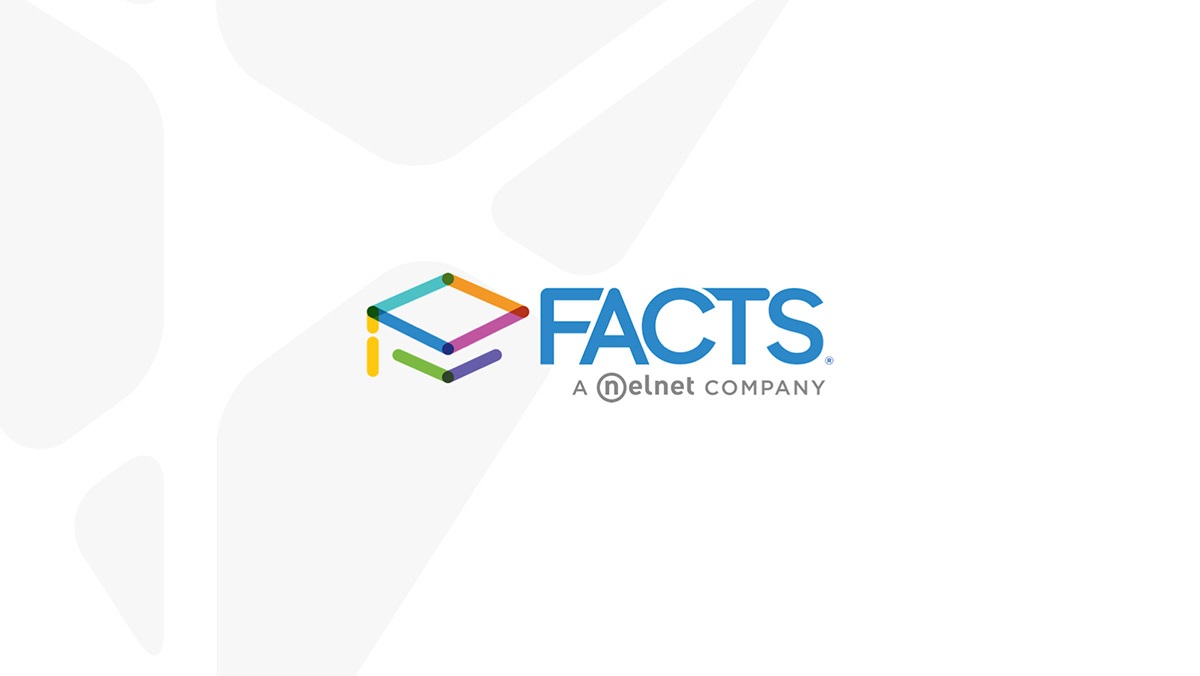Improving literacy among K-12 students is a critical priority in schools across the United States. Literacy is the foundation of academic success, unlocking students' ability to engage deeply with content across all subject areas. It is also a predictor of lifelong outcomes, including higher education attainment, employability, and social mobility.
Despite its significance, literacy rates remain a challenge, particularly in underserved communities. To address this, school districts must implement strategic improvements in key areas, leveraging tools like Vosaic to enhance instructional coaching, teaching practices and student outcomes.
Why Improving Literacy Matters
Academic Success
Reading proficiency by the end of third grade is a pivotal benchmark. Research shows that students who fail to meet this milestone are more likely to struggle academically. Literacy impacts every subject—students who cannot read effectively face challenges in science, math, and history, creating a ripple effect on their overall educational journey.Equity and Opportunity
Addressing literacy gaps is an issue of equity. Students from marginalized communities often lack access to high-quality, evidence-based literacy instruction, widening achievement gaps. By improving literacy instruction, schools can break down systemic barriers and ensure all students have an equal opportunity to succeed.Lifelong Benefits
Strong literacy skills are linked to greater career opportunities, higher earnings, and improved quality of life. Teaching students to read and write effectively is not just an academic goal but a societal imperative.
Key Areas for Improvement in Literacy Education
Districts aiming to improve literacy outcomes should focus on:
- Professional Learning Systems:
Training educators in the science of reading ensures that teaching methods are aligned with proven strategies. - Evidence-Based Curriculum:
Teachers need instructional materials and tools designed to build foundational reading skills effectively. - Regional Literacy Coaches:
Coaches provide personalized support to help teachers implement best practices in their classrooms. - Data-Driven Decisions:
Schools must use data to assess current literacy instruction and identify areas for growth. - Family and Early Learning Programs:
Engaging families and starting literacy education early fosters a culture of learning from the outset.
Stay on Top of Important Discoveries
We read case studies and academic journals so you don’t have to. Sign up and we’ll send you the key takeaways.
How Vosaic Supports Literacy Improvement
Vosaic is a powerful video-based platform that empowers teachers, instructional coaches, and administrators to collect and analyze real classroom data. Its applications in literacy instruction improvement include:
1. Capturing Reality in Literacy Instruction
Vosaic enables educators to record and review literacy lessons in real time. Video recordings provide an objective view of current teaching practices, student engagement, and instructional strategies. For example:
- Are teachers effectively incorporating phonics into their lessons?
- Are students receiving adequate opportunities to develop fluency and comprehension skills?
Video evidence offers a clear understanding of what is happening in the classroom, eliminating reliance on assumptions.
2. Facilitating Professional Learning and Coaching
Regional literacy coaches use Vosaic to:
- Tag key moments in video recordings to highlight areas for celebration and improvement.
- Share video examples with teachers to illustrate effective strategies or pinpoint challenges.
- Provide personalized feedback that is actionable and grounded in evidence.
Teachers use Vosaic to get insight into their own practices. In addition to the features listed above they use Vosaic's AI Mate to:
- Get automated and research-based reports on classroom management and student engagement practices on every video they upload.
- Receive research-backed feedback on their literacy instruction practices.
By integrating video into coaching conversations, coaches and teachers can engage in more meaningful, focused dialogue.
3. Informing Data-Driven Plans
Vosaic’s tagging and annotation features allow administrators to analyze trends across multiple classrooms. This data can:
- Highlight patterns, such as inconsistent application of evidence-based strategies.
- Inform targeted professional development plans.
- Guide curriculum adjustments to align with best practices.
4. Engaging Stakeholders
Administrators can use video data to demonstrate progress to stakeholders, including families, school boards, and community leaders. Video evidence helps build trust and accountability by showing the impact of new strategies on literacy outcomes.
Conclusion
Improving K-12 literacy is not just about meeting academic benchmarks—it is about empowering students to unlock their full potential. Schools need strategic, evidence-based approaches to tackle this challenge, supported by tools that enable transparency and actionable insights.
Vosaic bridges the gap between theory and practice, providing educators with the tools they need to reflect, learn, and grow. By capturing real classroom interactions, facilitating effective coaching, and driving data-informed decisions, Vosaic plays a vital role in helping districts achieve their literacy goals.
With a focus on continuous improvement and collaboration, schools can transform literacy instruction and ensure every child has the opportunity to thrive.
Contact us or schedule a short meeting to learn more about how Vosaic can help.



